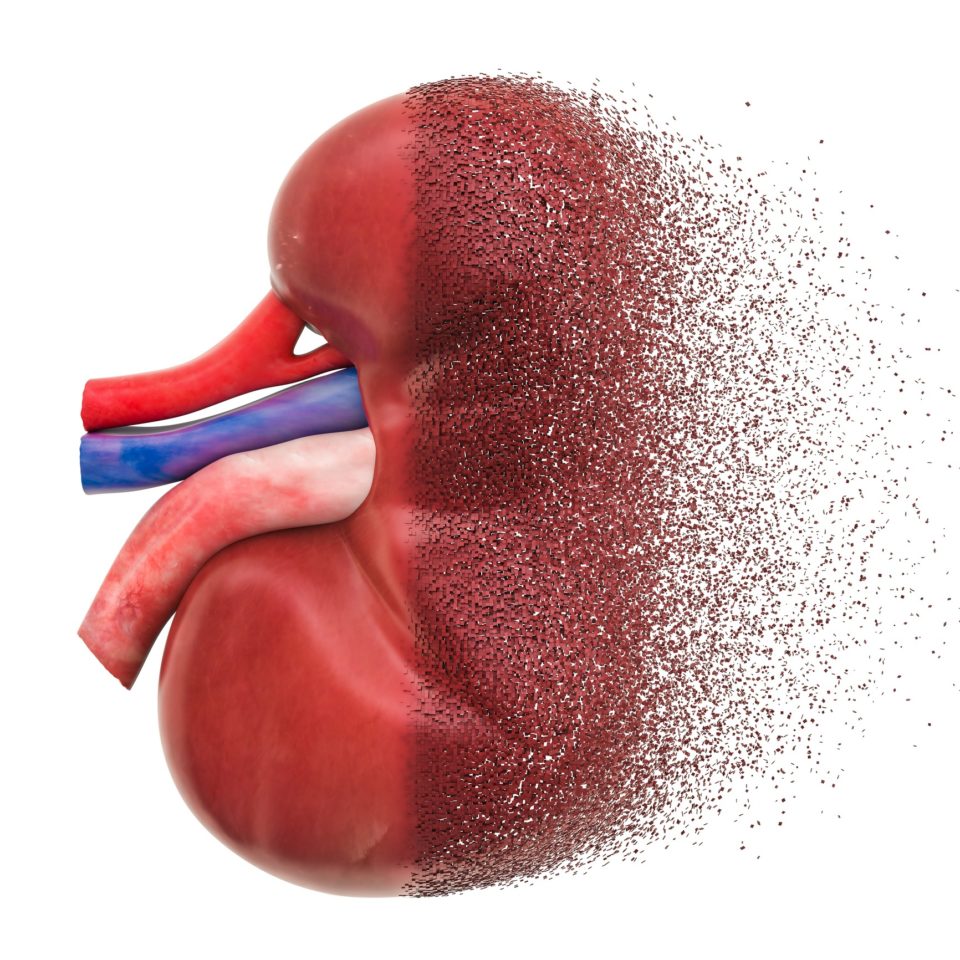
When determining treatment plans for the management of hypertension, patient preferences are key to the shared decision-making process between patients and physicians. David Kandzari, MD, and colleagues conducted a discrete choice experiment (DCE) to quantify patient preferences for various attributes of hypertension treatments. The researchers also examined patient preferences for treatments for hypertension among subgroups in a post hoc analysis of a DCE.
Results were reported during a poster session at NKF SCM22. The poster was titled Initial Subgroup Analyses of US Patient Preferences for Interventional and Pharmaceutical Hypertension Treatments.
Using experimentally designed hypothetical hypertension treatments with varying levels of attributes and involving an interventional procedure or pills, the researchers created an online survey. Each survey respondent was given 12 questions on treatment choice, including an option for no treatment.
Random parameters logit were used to analyze survey data, and the results were used to calculate the magnitude of influence attribute variations had on patient preferences. Post hoc analyses of subgroups (sex, age, race, baseline blood pressure, and current hypertension regimen) were performed. A Wald test was used to evaluate whether there were systematic variations among subgroups in treatment choices and estimated preferences.
The study cohort included 400 patients in the United States with physician-confirmed hypertension. Of the 400, 51.5% were female, 39.0% were ≥65 years of age, 14.8% were non-Hispanic Black, 66.5% had systolic blood pressure of 140 to 160 mm Hg at baseline, 33.5% had baseline systolic blood pressure >160 mm Hg, 41.5% were taking no or one antihypertensive medications, and 58.5% were taking two or three antihypertensive pills per day.
There were no systematic differences in preferences based on patient sex, age, baseline systolic blood pressure, or pills taken per day. Black respondents were more likely to opt for hypertension treatment and more likely to select an interventional treatment than non-Black respondents.
In conclusion, the authors said, “In this post hoc subgroup analysis, patient preferences for hypertension treatments did not differ based on gender, age, baseline systolic blood pressure, or current hypertension treatment regimen, but were significantly different for Black respondents compared to non-Black respondents.”
Source: Kandzari D, Weber M, Poulos CV, et al. Initial subgroup analyses of US patient preferences for interventional and pharmaceutical hypertension treatments. Abstract of a poster (Poster #371) presented at the National Kidney Foundation 2022 Spring Clinical Meetings, Boston, Massachusetts, April 6-10, 2022.







 © 2025 Mashup Media, LLC, a Formedics Property. All Rights Reserved.
© 2025 Mashup Media, LLC, a Formedics Property. All Rights Reserved.